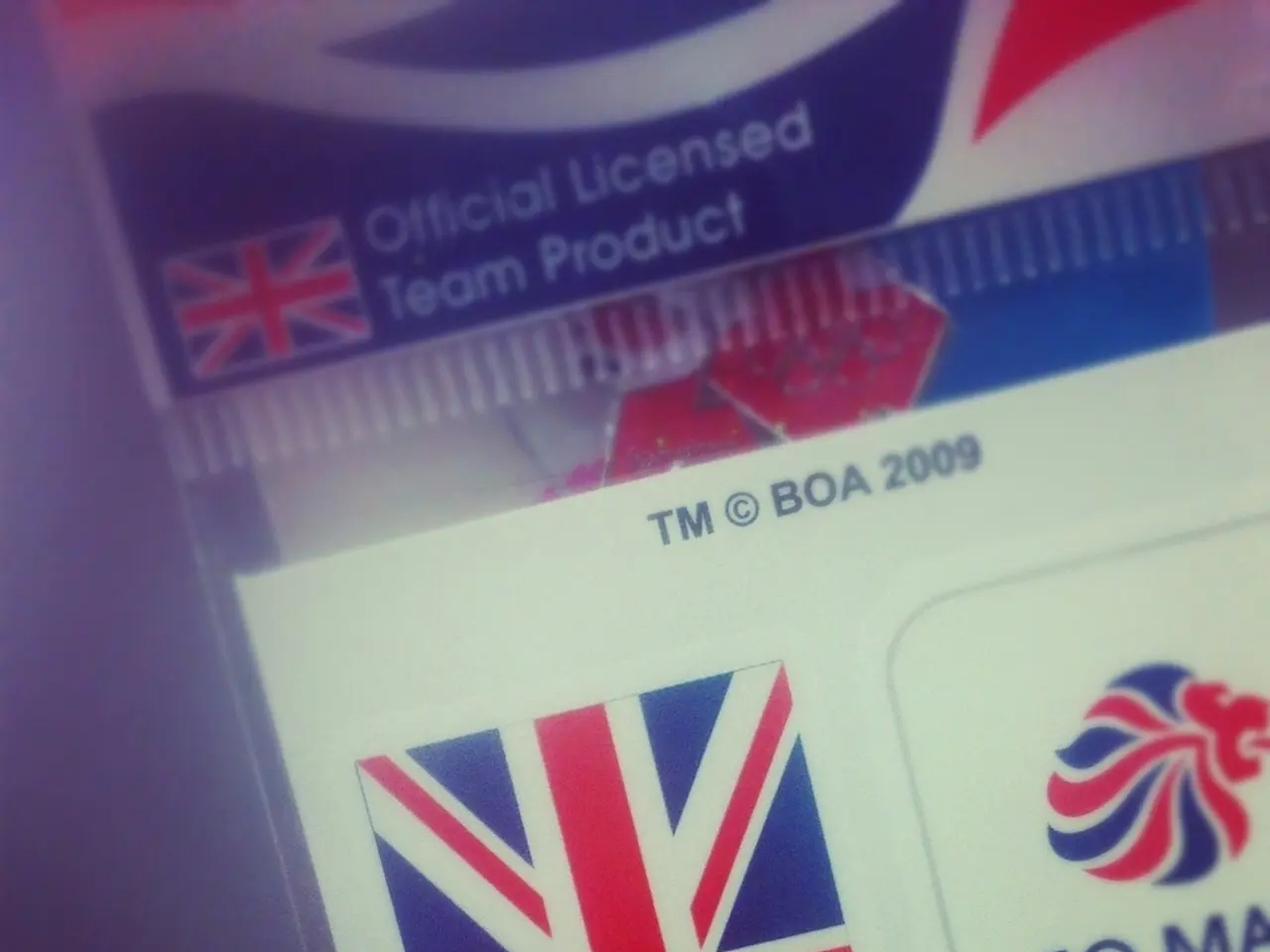Strategies for Independent Contractors to Effortlessly Navigate Tax Obligations and Escaped IRS Scrutiny
Freelancing offers a world of opportunities, but managing taxes can be a challenge. To make the process smoother, an LLC encourages freelancers to open a business bank account and keep track of finances effectively, simplifying tax preparation. Here are some essential tax strategies for freelancers to stay compliant and minimize their tax burden.
Claiming the Self-Employment Tax Deduction
Freelancers pay both employer and employee Social Security and Medicare taxes, known as Self-Employment Tax (15.3% on income up to $176,100 in 2025). They can deduct 50% of this self-employment tax as an above-the-line deduction on their tax return, effectively reducing taxable income.
Utilizing the Home Office Deduction
If part of your home is used regularly and exclusively for business and it is your principal place of business, you can deduct a portion of rent, utilities, and related expenses. The IRS allows a simplified deduction ($5 per square foot, up to 300 sq ft) or the actual expense method with substantiation.
Claiming All Legitimate Business Expenses
Costs like software subscriptions, office supplies, communication bills, business travel, and professional development are all deductible. Careful documentation and accurate bookkeeping help maximize deductible expenses and support claims if audited.
Taking Advantage of Higher Standard Deductions
The 2025 "Big Beautiful Tax Bill" raised the standard deduction to $15,750 for singles, $23,625 for heads of household, and $31,500 for joint filers. Freelancers with fewer itemized deductions may benefit from this higher deduction, lowering taxable income without complicated record-keeping.
Increasing State and Local Tax (SALT) Deductions
The SALT deduction cap increased to $40,000 for 2025, up from $10,000 previously. Freelancers paying significant state and local taxes in high-tax states can save more, though this may phase out for higher incomes.
Considering Retirement and Health Insurance Contributions
Investing in tax-advantaged retirement accounts (such as SEP IRAs or Solo 401(k)s) and deducting health insurance premiums can reduce taxable income substantially.
Estimating and Paying Quarterly Tax Installments
Freelancers should calculate estimated taxes each quarter to avoid penalties and better manage cash flow. Quarterly estimated tax payments are due four times a year: April 15, June 15, September 15, and January 15.
Leveraging Mileage Deductions
Tracking business miles driven can yield significant deductions using the standard mileage rate, lowering taxable income further.
By being organized, understanding taxes, and treating their freelance work like a real business, freelancers can avoid IRS issues and grow their business with confidence. Keeping detailed records of income and expenses, including receipts, bank statements, and invoices, is crucial for compliance and audit readiness.
If freelancers are behind on taxes, they should file their taxes as soon as possible, set up a payment plan with the IRS, and consult a tax professional for guidance. Overstating deductions is a major red flag for audits, so freelancers should only deduct the business portion of expenses with personal use.
Forming a Limited Liability Company (LLC) can offer personal asset protection, professionalism, tax flexibility, separate finances, and more benefits for freelancers. Missing these payments can lead to penalties, even if the total tax is paid by tax day. If someone sues a freelancer's business, their personal assets are typically protected. Freelancers are required to make quarterly estimated tax payments if they expect to owe more than $1,000 in taxes for the year.
In summary, freelancers minimize taxes by maximizing deductible business expenses—including home office and mileage—claiming the self-employment tax deduction, contributing to retirement and health insurance, leveraging the enhanced standard and SALT deductions, and maintaining meticulous records for compliance and audit readiness. Using accounting software like QuickBooks or Wave, opening a separate savings account for taxes, and using the IRS Direct Pay system or EFTPS.gov can make quarterly estimated tax payments easier.
- To efficiently manage tax liabilities and finances, freelancers might consider forming an LLC and opening a business bank account, as this encourages the effective tracking of personal-finance and business-related expenses, simplifying tax preparation.
- In the realm of personal-finance and taxes, by taking advantage of the Self-Employment Tax Deduction and utilizing the Home Office Deduction, as well as claiming legitimate business expenses and increasing the State and Local Tax (SALT) Deductions, freelancers have opportunities to lower their tax burden significantly.




